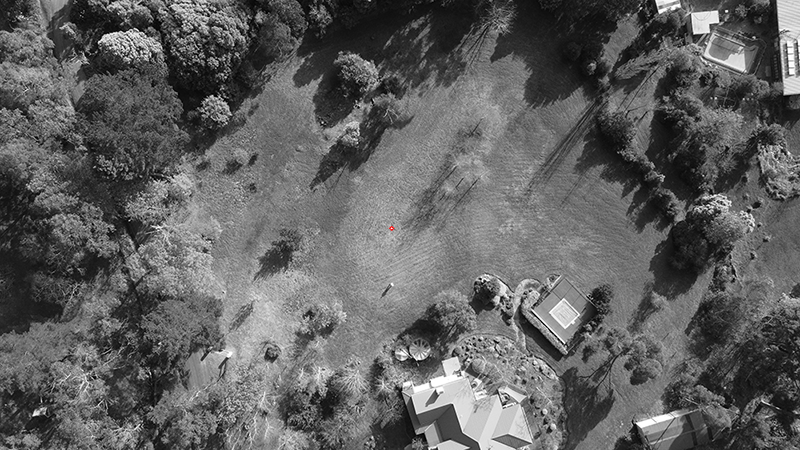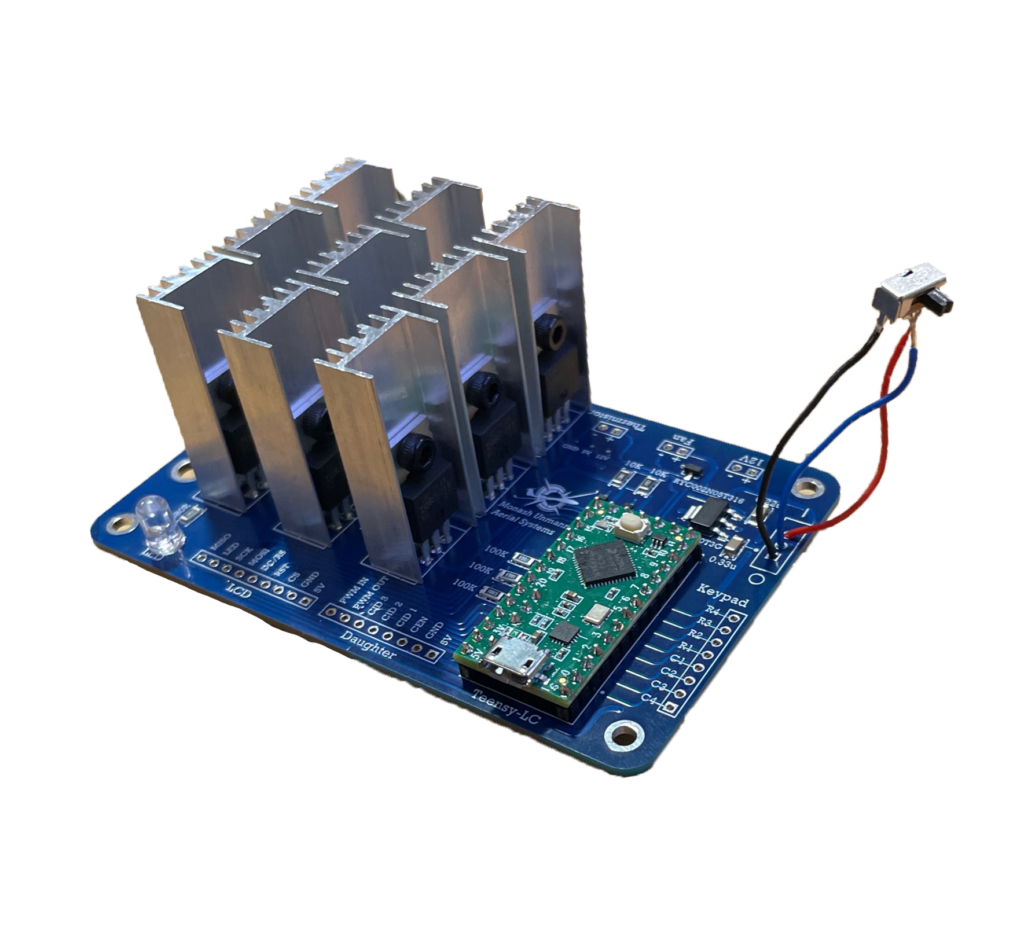The Avionics section is responsible for the design and implementation of our aircraft onboard electrical, flight control and communications systems, as well as ground-based support hardware and plane propulsion.
section leads

Emma Vladicic




